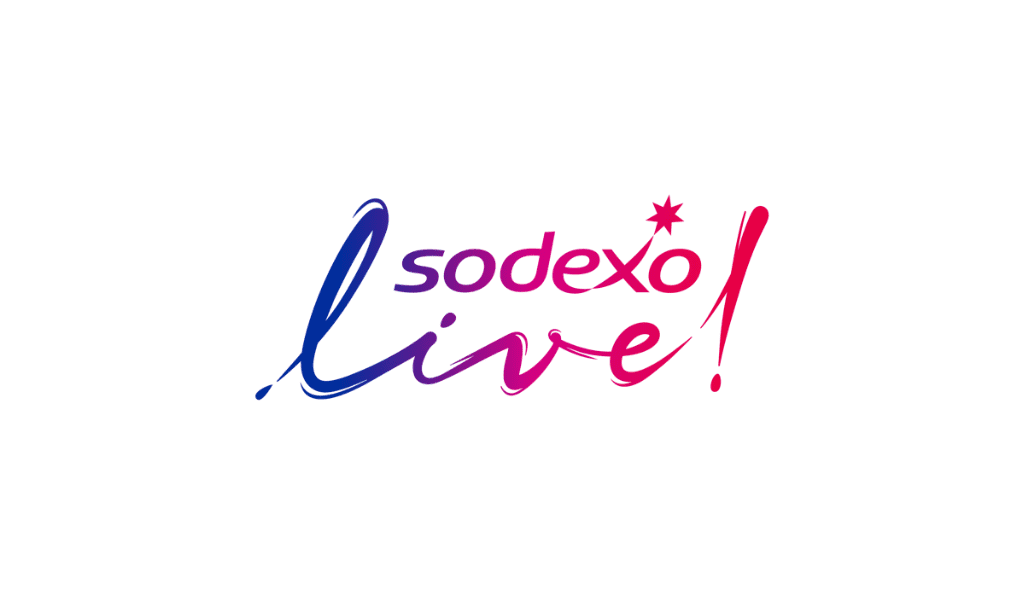These metrics can track what is resonating with candidates and employees as well as areas of improvement.
By Zee Johnson
Measuring the effectiveness of an employer value proposition (EVP) is just as important as implementing one to begin with. And the only way an organization will know if their culture, initiatives, benefits, and other offerings mirror the priorities of the market is through internal studies, also known as EVP exercises.
These exercises capture direct feedback from employees via surveys, focus groups, and interviews and are used to make improvements where needed.
Marco Abato, VP of Brand, Digital & Communications at Cielo, says the process of self-auditing is ongoing, and leaders should remain on watch for market and company shifts. “Measuring the impact of an EVP is having a baseline understanding or perception of your brand as an employer in the healthcare industry and evaluating how over time those perceptions change,” he says. Abato also notes that this baseline should be established before an EVP launch for optimal accuracy.
What’s great about having internal metrics is they, essentially, perform double duty. Not only are they good for tracking the progress of an EVP, but they are also beneficial for identifying what company improvements should be made, namely during the hiring process. These considerations include looking at the length of time it takes to fill a position, reviewing the number of resources a company allocates with each hire, and more.
Another valuable way healthcare organizations can measure their efforts is by tracking organic site traffic from diverse partnerships. These numbers will reveal what aspects of their brand they should double down on and which to ultimately do away with.
All in all, the most effective and proven way to measure the success of an EVP is through the employees who have firsthand experience with it from start to finish. “We recommend organic internal messaging and ease of referral traffic because employees know, understand, and can easily share about the inclusive culture, brand, and open opportunities,” Abato says.














